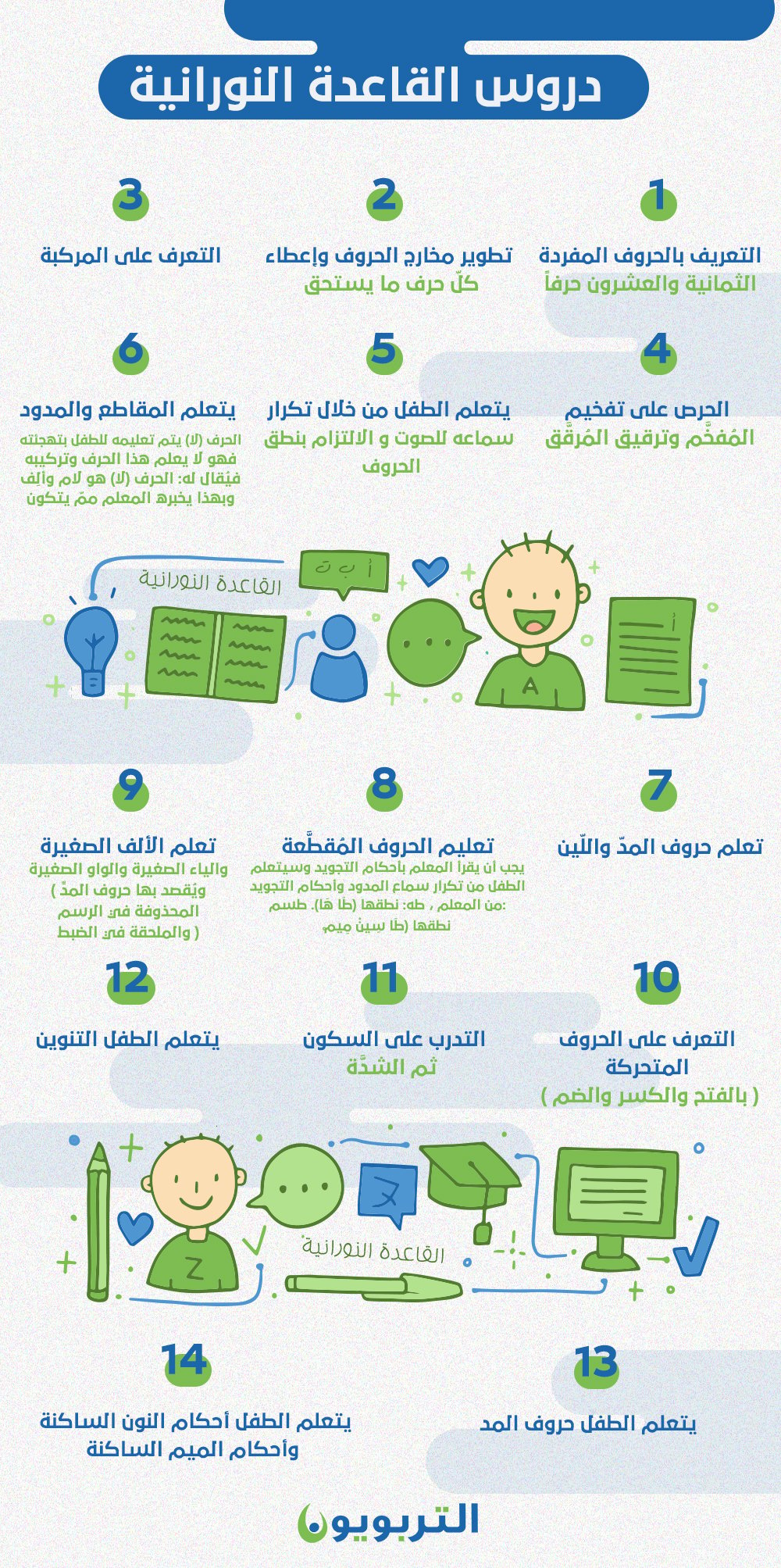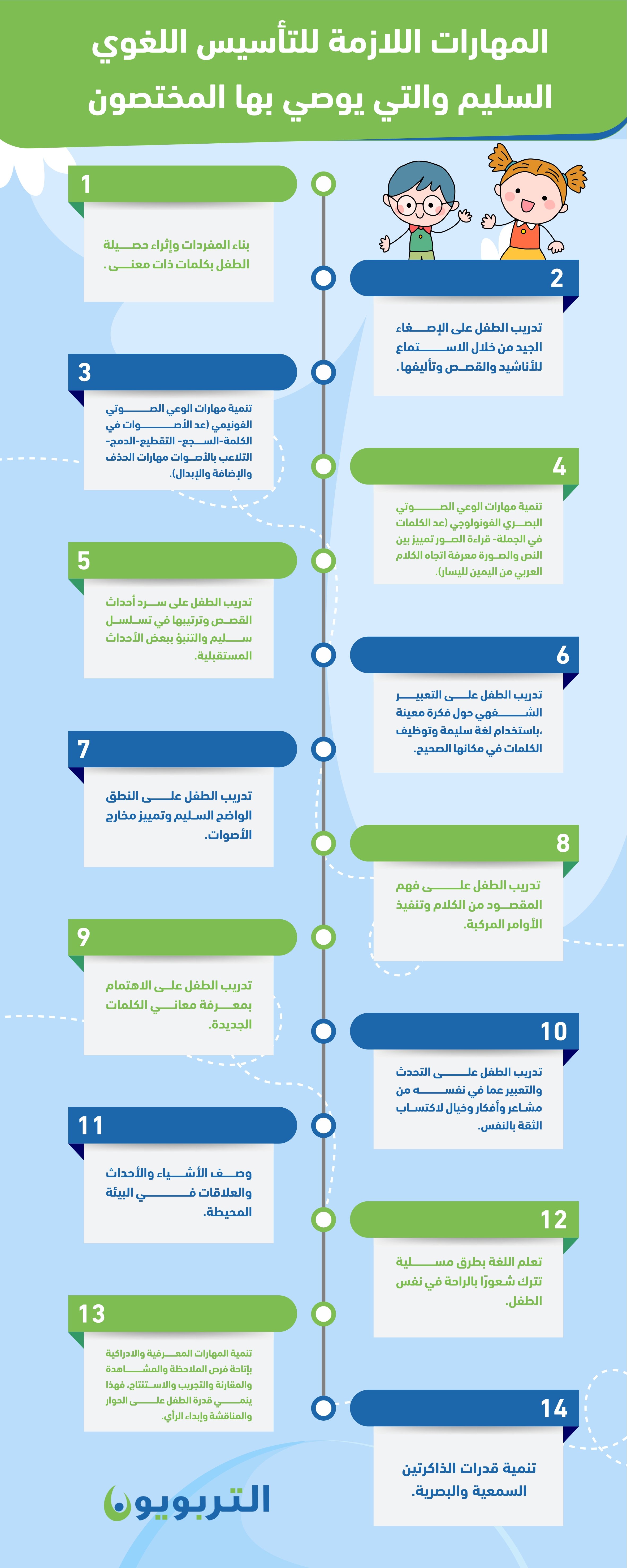Since necessity is often the mother of innovation, when our Arab ancestors invented the Baghdadi method for teaching the rules of reading the Quran, its recitation, and the basics of pronouncing the Arabic letters, it was due to the large number of non-Arabs from Persia, Bukhara, India, Sindh, and other countries converting to Islam and moving to live in the Muslim capitals. Those who were not able to pronounce the letters of the Arabic language at an early age would find it difficult to recite the Quran correctly. Hence, the importance of the Baghdadi method emerged, which was composed more than 1000 years ago.
Objectives of Al-Qaeda Al-Nooraniah:
1. Learn the perfect way to pronounce the alphabet correctly.
2. Facilitating the learning of the Holy Quran for all ages, young and old.
3. Consolidating all the rules of Tajweed and learning how to apply them.
In the city of Ladhiana in the state of Punjab, India, 600 years ago, an Indian scholar named Noor Muhammad Haqqani, born in 1272 AD and died in 1343 AD, revived and developed the Baghdadi Qaida to teach Muslims in his country and neighboring countries, making it easier for them to recite and recite the Quran. Therefore, it was named after him and became known as the Noorani Qaida. It spread throughout the Indian subcontinent and from there to the Islamic world, becoming one of the great Quranic sciences. It is essential in most Quran memorization centers and is considered a practical method for reciting the Quran, as it contains more than 95% of the rules of recitation and recitation, as well as examples from Quranic verses.
The Nooraniya method teaches children how to spell letters. Many believe it to be the ideal method for teaching Arabic. It teaches children how to pronounce letters, then how to connect them. It also teaches children how to learn vowel sounds, long vowels, and stress positions. This is accomplished through oral repetition, chanting, and memorization, along with the aid of writing on paper and blackboards.
So, the Nooraniyah Qaida is excellent for reciting and reciting the Holy Quran, but what else is required to establish a sound linguistic structure for a child during the sensory learning stage before reading and writing, in this digital age?
Qaida Al-Nooraniyya lessons:
1. Definition of the twenty-eight single letters.
2. Developing the articulation of letters and giving each letter its proper pronunciation.
3. Recognizing compound letters.
4. Be careful to emphasize the emphasized and soften the softened.
5. Teach the child by repeatedly hearing the sound. Commit to pronouncing the letters.
6. Teaching syllables and long vowels. The letter (la) is taught to the child by spelling it. He does not know this letter and its structure. He is told: The letter (la) is a lam and an alif, and thus the teacher tells him what it consists of.
7. Teaching the separated letters. The teacher must recite according to the rules of Tajweed. Thus, the child will learn from repeatedly hearing the long vowels and the rules of Tajweed from the teacher. Ta Ha: pronounced as (Ṭa Hā). Ta Seen Meem: pronounced as (Ṭa Seen Meem).
8. Teaching long and soft letters. Soft letters, which are the two letters (ي, و) that come as silent letters after a fatha. They are called soft letters because they are easy to perform. The silent letter is pronounced with the letter preceding it when pronouncing soft letters in words.
9. The small alif, the small ya, and the small waw (these are the long vowels that are omitted in the script and added in the diacritics), then the long vowels and soft letters.
10. Recognizing the vowels (fatha, kasra, and damma). The child learns fatha, kasra, and damma, and their definitions, and spells them as follows: hamza fatha: a, hamza kasra: i, and the child repeats: a a i, hamza damma: u, and the child repeats: a a i u.
11. Exercises on stillness, then emphasis and exercises on it.
12. The child learns the tanween (which is written with two fathahs, two dhammahs, or two kasrahs) as a silent noon that comes at the end of the noun in pronunciation, but is separate from it in writing and when stopping.
13. The extended alif and the long vowels are (ا, ى, و), and they are extended if the waw is silent and what precedes it is a damma, and if the ya is silent and what precedes it is a kasra, and if the alif is silent and what precedes it is a fatha. In this lesson, the child must learn that the alif that is attached to the group waw is not pronounced or spelled either.
14. The last lesson covered the remaining rules of Tajweed, such as the rules of the silent noon, the rules of the silent meem, and so on.

Children at any early educational level undergo various stages of language development. These stages are fundamental to learning, particularly speaking, listening, reading, and writing skills. Therefore, teachers must understand the nature of language development in children at this stage. This knowledge is essential for teachers to diagnose language arts skills and provide a rich learning environment that encourages the growth and development of all skills.
Studies prove that kindergarten is a stage for preparing the child to read and write, not a stage for teaching him.
Skills necessary for a sound linguistic foundation, recommended by specialists
1. Building vocabulary and enriching the child’s vocabulary with meaningful words.
2. Training the child to listen well by listening to songs and stories and composing them.
3. Developing phonemic awareness skills (counting sounds in a word, rhyme, segmentation, merging, manipulating sounds, deletion, addition, and substitution skills, etc.).
4. Developing phonological and visual audio awareness skills (counting words in a sentence, reading pictures, distinguishing between text and pictures, knowing the direction of Arabic speech from right to left).
5. Training the child to narrate story events, arrange them in a correct sequence, and predict some future events.
6. Training the child to express a specific idea orally, using correct language and employing words in the correct place.
7. Training the child to pronounce clearly and correctly and distinguish the sounds.
8. Training the child to understand the meaning of speech and carry out complex commands.
9. Training the child to be interested in knowing the meanings of new words.
10. Train the child to speak and express his feelings, thoughts, and imagination to gain self-confidence, and talk to him about useful personal experiences.
11. Describing objects, events, and relationships in the surrounding environment.
12. Learning a language in fun ways makes the child feel comfortable.
13. Developing cognitive and perceptual skills by providing opportunities for observation, viewing, comparison, experimentation, and inference. This develops the child’s ability to dialogue, discuss, and express opinions.
14. Developing auditory and visual memory capabilities.
Mistakes in language teaching in early education may lead to learning problems later on.
1. Not converting abstractions into concrete objects makes it easier for the child to deal with sounds without abstract letter names or unclear symbols.
2. Pressuring the child to memorize and write the alphabet before ensuring that he is ready and has reached the necessary level of maturity.
3. Depriving the child of fun and play, which is the best way to learn at a young age, and forcing him to spend time solving long assignments that he does not feel enjoyable with.
4. Teaching the child what we think is important for him to learn, and not based on his interests and what he wants to learn.

